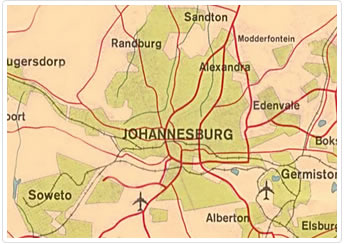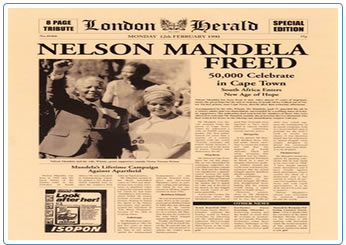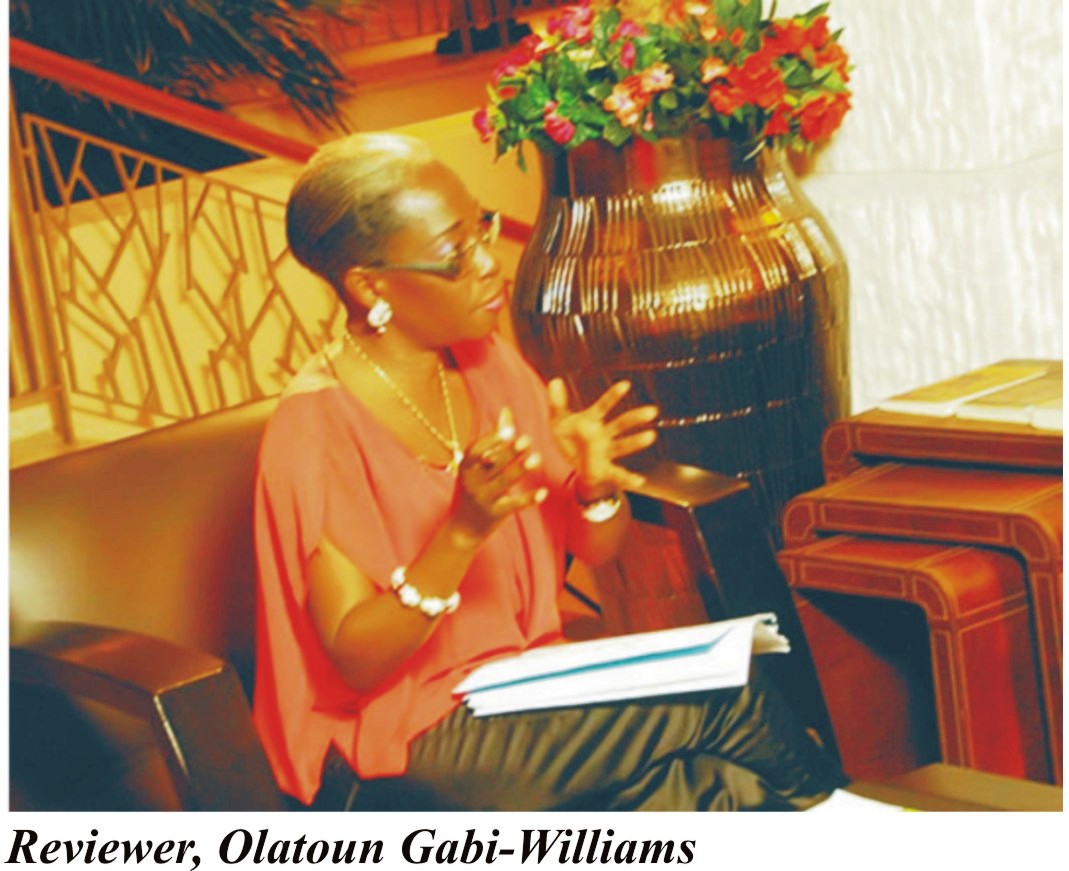
Setting: Ndotsheni & Johannesburg, South Africa, in the 1940s. A believer, I am familiar with Christian fiction but no Christian book I’ve read compares with “Cry the Beloved Countryâ€. This classic by Alan Paton uses language as alive with the sense of a people and a place as it is alive with the Spirit of the Kingdom of God which he evokes continually by means of his story’s model and messaging.
My review begins at the Emoyeni mountain, at 1 in the morning where in silence, I stand a respectful distance behind the old parson of Ndotsheni, Stephen Kumalo. I watch him obey the prescribed steps for prayer: first he prays for the forgiveness of his sins, then gives thanks for each blessing he has received from God - and there are many - before he begins the vigil for his
young son, Absalom. Absalom has been sentenced to hang for murder at 5 o clock that morning. ‘If Absalom is awake,†he prays, “then O Christ of the abundant mercy, be with him.â€
Absalom will hang for the murder of Arthur Jarvis, a white man and a beloved champion of the oppressed in South Africa. In the whole of prosperous Parkwold, Johannesburg, of all the homes Absalom and his accomplices could have broken into, why in hell’s name did they choose this one? Alan Paton uses the word ‘secret’ time and again in his story to describe those things which we may never decode - thrown at us by a frowning Providence
Cry the beloved Country’ was published in 1948, the year Apartheid became the official system of government in South Africa. You can classify Apartheid as a race war underscored by economics. You can classify it as an economic war at the heart of which stands the racial divide. However you classify it, there will be fatalities and of all the white men in “fictional†South Africa, that the least guilty of them is dead, represents collateral damage of war. The young black man who perpetrated this crime and the multitude others like him are also its casualties and Absalom’s fate is as great a tragedy as the irony of Jarvis’ death at his hand.
In 1948, 38 years had passed since the founding of the Union of South Africa in 1910. Apartheid activities and policies have beggared the valley lands inhabited by Africans mostly of the Zulu and Xhosa tribes. Migration from the valleys to cities like Johannesburg is nothing short of an exodus as youth pursue opportunities they believe exist in the city and the excitement they have heard that the city offers. All too soon criminal activity overtakes elusive opportunity. And what kind of excitement does the dark underbelly of any city provide with its brothels, shebeens, drunken quarrels, violent thieves and prisons? Once, these boys and girls inhabited close knit families - they are now broken. They are lost now, these boys and these girls but once, not long ago, they were fresh with hope. Internally displaced, they degenerate with terrifying speed into the flotsam and jetsam of South Africa’s sprawling cities with nothing but survival on their bewildered minds. And loneliness dogging their heels as they duck and dive fleeing the severity of a penal code administered by terrified, angry whites.
Absalom Kumalo’s loneliness will reach its peak of anguish in the hours preceding his execution. These hours are his Gethsemane. Recognising this, Stephen Kumalo keeps vigil, crying out to God for an angel who will bring comfort and fellowship to his son condemned to die afraid and unutterably alone.
“Is there nothing that can be done now, is there not an angel that comes and cries, this is for God not for man; come child, come with me?â€
On his prayer mountain, Stephen Kumalo’s breaking of bread moments before his son’s body is broken and his life, taken. These moments quiver with Eucharistic symbolism. Like Arthur Jarvis who died at his hand, Absalom Kumalo is every part a sacrificial lamb – chosen to pay the price for the systemic injustices of a country in which – strangely but mercifully - the legal system retains the sanctity of life so that even here in apartheid South Africa, the exacting demands of God’s justice must be met.
If crime and punishment are the axis upon which the story spins, as inexorably as the planets rotate around the sun, Paton’s story is bound by the Christian principles and processes of salvation, forgiveness, redemption and restoration. And if there are executions, there are also hints of resurrection….In the light and laughter little Master Jarvis carries within him, there is the brightness and joy of Easter morning. Absalom’s delighted young wife is pregnant with the promise of new birth…Mercy and grace are the clear bright rivers of life and revival coursing through the narrative which extols the transformative power of the fellowship of suffering like no other I have known. Characters in the book try to forecast the future for South Africa. Prognoses vary from a resigned ignorance to a resentment that presages danger….The heated discussion between Stephen Kumalo and the young demonstrator is significant:
‘We work for Africa, not for this man or that man. Not for a white man or black man but for Africa.’ ‘Why do you not say South Africa?’
“We would if we could,†said the young man soberly. “We sing Nkosi Sikeleli Africa…God save Africa.â€
We, the readers, know the future of South Africa. The future Alan Paton’s people tried with dread to envisage, is present - here - with us now. And no, the revolutionary kingdom of July’s People did not come with its dreaded violence and retribution. Instead, on 27th April 1994, the whole world witnessed a triumph of human cooperation in the first democratic elections in South Africa’s history. The elections ushered in majority rule by the ANC. After a long walk to freedom, Nelson Mandela stepped up to receive his crown. With his reign came Truth and Reconciliation Commissions established to foster the healing of wounds and to move South Africa forward on a new basis of respect and peace between the races.
“All hell will break loose when Madiba’s gone†prophesied the people. “When Mandela goes, we whites will have hell to pay.†But President Mandela has gone to join the saints triumphant and hell has broken loose on white people no more than is habitual in South Africa’s townships and cities. In “Cry, the Beloved Countryâ€, Alan Paton did not foretell the ANC victory in the 1994 elections, nor did he foresee President Nelson Mandela, and the family of diverse ethnic groups he would succeed in uniting, however awkwardly. But if Paton had seen these victories, he would have foretold the inadequacy of Mandela’s Truth and Reconciliation Commissions to douse the flames of racial and political anger raging in the bellies of the black majority for up to 400 years… Since the 17th century when the Orange Free State and Transvaal were established, violating territorial rights, bringing an end to the world as the indigenous peoples of Southern Africa knew it. Paton would have understood the outraged sense of injustice dogging ineffective poverty reduction strategies implemented by the ruling ANC party for the historically excluded and beggared blacks.
In the South Africa Paton knew, whites and blacks were sacrificed daily in the name of Apartheid. A dreamer, not an entertainer of illusion, on viewing armistice in his country today, I imagine him saying that this side of paradise, historic enemies now united would clamour for the sacrificial lamb to be brought in from outside the camp. Alan Paton would share our dread of mounting xenophobia and our horror at the destruction of foreign owned businesses, exploding violence and killings that took place in Durban and Johannesburg in April this year. He would have understood too well the targeting of those who are not part of the “nuclear culture†for sacrifice on the altar of the uneasy peace won by Madiba. Click Here to get a copy




